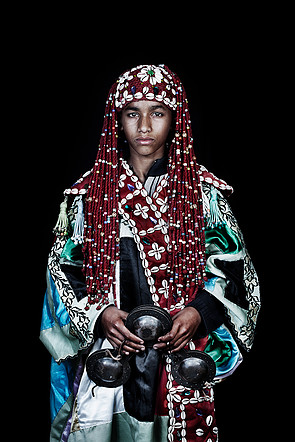
02 Feb A sad good bye
She was remarkably talented. A storyteller of the finest kind. One who provided a voice to those often unheard. She told their stories to those who may otherwise not hear them – at international biennales, prestigious art galleries. Her portraits provided an honest representation of those she captured with dignity and respect. She crossed borders to get to the source of the story.
It was during a screening of her short film Crossings, telling the tales of migrants moving from sub-Saharan countries to Europe via Morocco at the fifth edition of the Marrakech Biennale, that we were moved to tears. A work of art so raw, so honest, it told tales that could only be captured after gaining trust of those featured.
She seemed to be at the height of her career.
Yet her personal tale ended too soon. So tragic. A tale of being in the wrong place at the wrong time. The place: Burkina Faso where she was on assignment with Amnesty International to capture a tale about sexual and reproductive rights as part of the My Body My Rights campaign. The time: One Friday evening in January 2016, just a week after arriving and just before her “The Moroccans” exhibition presented as part of the Biennal of Contemporary Photographers from the Arab World was to close at the Maison Européenne de la Photographie.
In the lead up to the sixth edition of the Marrakech Biennale, organizers have announced that this year’s edition will pay homage to the talented young artist. As part of the Parallel Projects, her photographic exhibition “l’île au Diable” will be on view displaying work that highlights thousands of workers from former French colonies. This exhibition will be debuted in LBlassa, the building allocated to feature the selection of Parallel Projects of the Marrakech Biennale.
“Each project Ms. Alaoui undertook is a testament to her dedication to art making, freedom of speech and campaigning for human rights. She provided a voice to those who may not otherwise be heard. And yet as she went out in to the field, she did so courageously, and yet creatively to capture her subjects, while always maintaining respect for those she photographed,” says Reem Fadda, curator of the sixth edition of the Marrakech Biennale.
Using videos, photographs, archival sounds and documents, “L’Île du Diable” presents testimonials of retired factory workers revisiting the island years after its destruction. The exhibition captures the memories of these aging men, uprooted from their home countries, orphans of the factory, and the last of their generation.
Situated on the Seguin Island on the outskirts of Paris, Renault Billancourt was once the largest state automotive factory in France, a powerful symbol of post-war industrialization and modernity. Until its shutdown in 1992, the factory employed thousands of blue-collar workers, many from former French colonies. Toiling the assembly line for decades, these men referred to the factory as “L’Île du Diable”*, a contested space of alienation but also a place where cross-cultural camaraderie and a sense of belonging developed.
Photo: Leila Alaoui leilaalaoui.com/

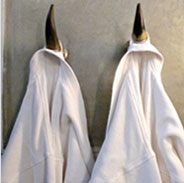
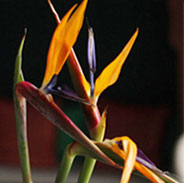
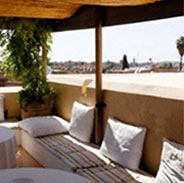

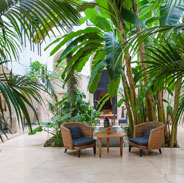
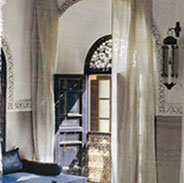
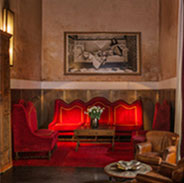
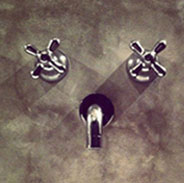

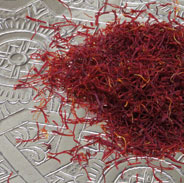
Sorry, the comment form is closed at this time.